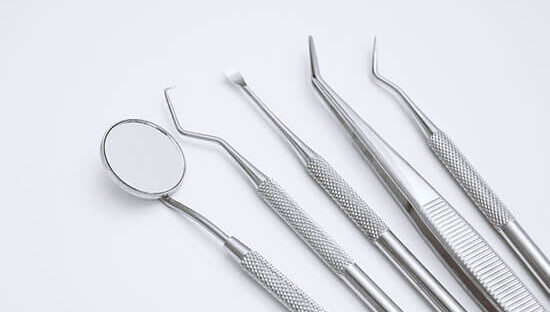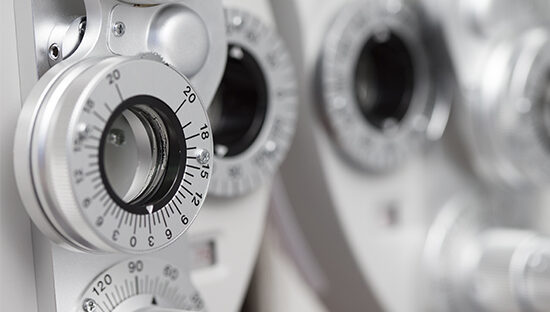
Why Class Ir medical device IFU validation is important?
IFU validation requirements derives from Medical Device manufacturers responsibility to maintain the integrity and cleanliness of a product and where devices are to be sterilised prior to use, minimise the risk of microbial contamination. Reusable surgical instruments which remain contaminated after reprocessing continue to be a significant cause of surgical site infections (SSIs).
SSIs are among the most common healthcare-associated infections (HAIs) and are associated with longer post-operative hospital stays, additional surgical procedures, further treatments, readmission, and often higher mortality rates. These types of infections are amongst the most preventable HAIs and the first step to this is validating instructions for use (IFU) to ensure the device is clean, sterile, moisture-free, and safe to use after every reprocessing cycle.

Where does the IFU validation requirements come from?
The IFU validation requirement is set by the Medical Device Regulation (EU) 2017/745 (MDR). The MDR was introduced to change the legal framework for medical devices to improve the safety and performance of medical devices in Europe with the intention to provide a high level of protection for the health of patients and users of these medical devices. Manufacturers must now comply with the new regulation to allow free movement when placing new products on the EU market. Along with the changes to the risk classification of many medical devices, there are also new guidelines regarding IFU for medical devices.
Chapter II of the regulation outlines all the requirements which should be met by the manufacturer to make a medical device available for the market and put it into service (including obligations of economic operators, reprocessing, CE marking and free movement). When determining the applicable requirements outlined in the regulation, the manufacturer should consider the risk classification and its’ intended use. This includes determining the general safety and performance requirements outlined in Annex I and demonstrating conformity by performing a clinical evaluation (Article 61).
Article 20 (CE marking of conformity) references the conformity assessment procedures outlined in Article 52. This states that manufacturers of class I devices (other than custom-made or investigational devices) should complete technical documentation (as set out in Annex II and III) and issue the EU declaration of conformity (referred to in Article 19). For devices which are intended to be placed on the market in a sterile condition (Class Is), have a measuring function (Class Im) or are reusable surgical instruments (Class Ir), conformity assessment procedures set out in Chapters I and III of Annex IX, or in Part A of Annex XI should be applied.
However, the involvement of the notified body in those procedures shall be limited to aspects relating to establishing, securing, and maintaining sterile conditions; the conformity of the devices with the metrological requirements; or the reuse of the device, in particular cleaning, disinfection, sterilization, maintenance, and functional testing and the related IFU.

The importance of IFU validation for Class Ir medical devices
The IFU is an integral document which provides information to the user regarding the intended purpose, proper use, and any precautions to be taken to ensure that devices can be used safely and efficiently. Annex I Chapter III specifies the information which should be provided with a device (including what should be detailed within the IFU).
For reusable devices, users should be provided with information on the appropriate processes for allowing reuse, including cleaning, disinfection, packaging. This should also allow for identification of when a device should no longer be reused e.g., signs of material degradation or the maximum number of allowable reuses. The IFU must also show the validated method of re-sterilisation appropriate to the Member State(s) where the product is being placed on the market.
When validating the method for re-sterilisation, the chemical, physical and biological properties of the design detailed in Chapter II of Annex I should be considered. This includes the impact of processes on material properties, the mechanical properties of the material used, reflecting where appropriate, matters such as strength and wear resistance as well as confirmation that the device meets any defined chemical and/or physical specifications.
Also, when taking into account the intended purpose of a reusable surgical instrument, the device (and the reprocessing of the device) should minimise the risk of contaminants and residues to patients and those involved with transport, storage and use of the device.
What do Class Ir medical device manufactures have to demonstrate?
The manufacturer must be able to demonstrate their benefit-risk analysis, along with the solutions adopted and residual risks and justification to constitute them to be acceptable. When performing the conformity assessment for Class Ir devices, notified bodies are focusing on the reusable aspect of the device.
To determine conformity of these requirements, the verification/validation of the general safety and performance requirements relating to the cleaning, disinfection and sterilization methods detailed within the IFU of the product will be audited.





